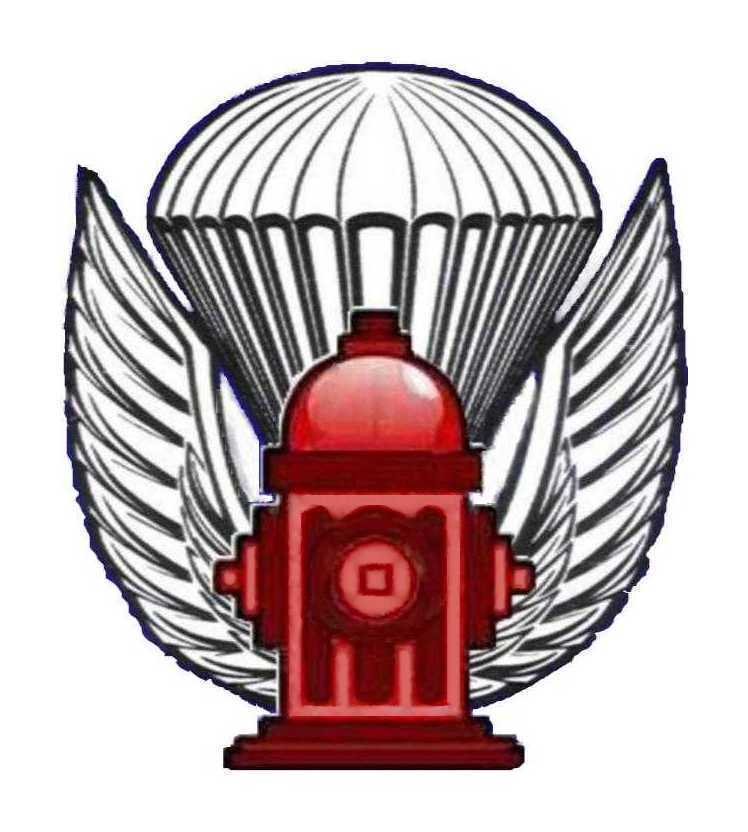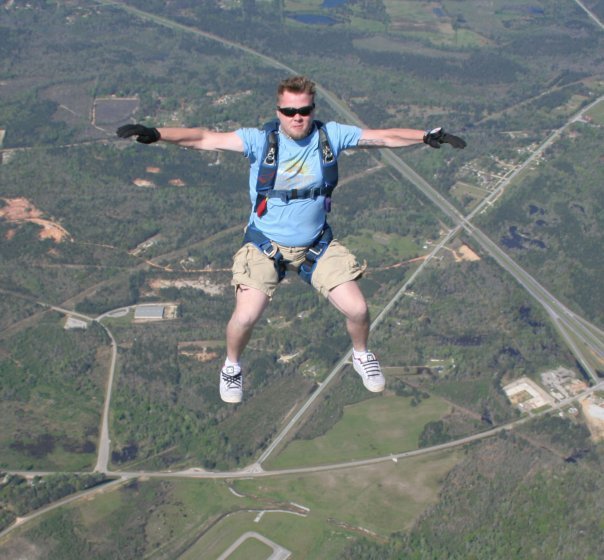Recommended Posts
BKR 0
Cold forging is not rare in the sport, some 3 rings used by major companies are cold forged. I do not remember the name of the company who is making and selling them. I will have the name tomorrow when back to my office.
Jérôme Bunker
Basik Air Concept
www.basik.fr
http://www.facebook.com/pages/Le-Luc-France/BASIK-AIR-CONCEPT/172133350468
Basik Air Concept
www.basik.fr
http://www.facebook.com/pages/Le-Luc-France/BASIK-AIR-CONCEPT/172133350468
tonyv 0
QuoteCold forging is not rare in the sport, some 3 rings used by major companies are cold forged. I do not remember the name of the company who is making and selling them. I will have the name tomorrow when back to my office.
Jérôme, I believe you are thinking of CWH. We've started using their SR8 base rings on the Infinity. They also have a neat friction adapter available, which is currenly on the Para-tec rigs. As I understand, Para-tec has worked closely with CWH on the design of these adapters and will enjoy exclusivety rights for a period of time (good on them!). They are spring loaded like the Wichard pieces but its speculated that they will minimize wear. I managed to get my hands on a set and they are really nice
-Tony
(253) 445-8790
Velocity Sports Equipment
(253) 445-8790
Velocity Sports Equipment
kallend 1,646
QuoteQuote
And what exactly does "hot forged" mean, and how does that add to strength and safety?
There are two ways of forging in both ways the material is heated. Cold forging is at lower temperature and makes stronger parts, but requires a lot stronger stamping machines and more expensive tooling.
......................................................................
Hot-forging is the most popular way to form steel hardware. High-stress components like crankshafts, wing bolts and MIL-SPEC parachute harness hardware are mostly hot-forged.
Hot-forging starts with red-hot steel pounded and pressed into dies. Dies are usually the shape of the finished product, ergo hot-forged hardware has few rough edges.
The principal advantage of hot-forging is that it aligns the grain (crystals) with the outside mold lines of the hardware, usually aligning the grain with the load, making stronger parts.
Most MIL-SPEC parachute hardware is rated for 2,500 to 5,500 pound loads.
Try to picture a metal Maillon Rapide connector link with the grain following the oval outside mold-lines, the same way fabric strands align with the load in a soft connector link.
Cold-forging is rare is parachute hardware.
Cold-stamping is also rare in parachute hardware, currently limited to the 500 pound buckles on chest straps.
Castings are limited to AAD boxes.
Sintering is limited to the filters on AAD boxes.
Machining is limited to screw threads.
In general (not just restricted to steel) hot forging (or rolling or drawing) is done at at temperature high enough that the metal or alloy anneals as it is deformed, so it doesn't work harden. Cold forging (or rolling or drawing...) is done below the annealing temperature so the metal or alloy is work hardened during the process. The actual temperature that divides "hot" from "cold" forming depends on the metal; it's lower for aluminum than for copper and brass, and that in turn is lower than for steel or titanium.
...
The only sure way to survive a canopy collision is not to have one.
The only sure way to survive a canopy collision is not to have one.
rlucus 0
Gah...![]() I come to DZ.com to take a break from studying Poynter. And here you are quoting it.
I come to DZ.com to take a break from studying Poynter. And here you are quoting it. ![]()
BKR 0
QuoteQuoteCold forging is not rare in the sport, some 3 rings used by major companies are cold forged. I do not remember the name of the company who is making and selling them. I will have the name tomorrow when back to my office.
Jérôme, I believe you are thinking of CWH. We've started using their SR8 base rings on the Infinity. They also have a neat friction adapter available, which is currenly on the Para-tec rigs. As I understand, Para-tec has worked closely with CWH on the design of these adapters and will enjoy exclusivety rights for a period of time (good on them!). They are spring loaded like the Wichard pieces but its speculated that they will minimize wear. I managed to get my hands on a set and they are really nice
Yes Tony, it has been developped by a Wichard employee years ago then he moved working for CWH. I have seen it and it is better than the Wichard adapter but less nicer and bigger. Beside this, CWH is making 3 rings and a lot of harware for SunPath and other companies. They are mainly all cold forging.
Jérôme Bunker
Basik Air Concept
www.basik.fr
http://www.facebook.com/pages/Le-Luc-France/BASIK-AIR-CONCEPT/172133350468
Basik Air Concept
www.basik.fr
http://www.facebook.com/pages/Le-Luc-France/BASIK-AIR-CONCEPT/172133350468





Share this post
Link to post
Share on other sites